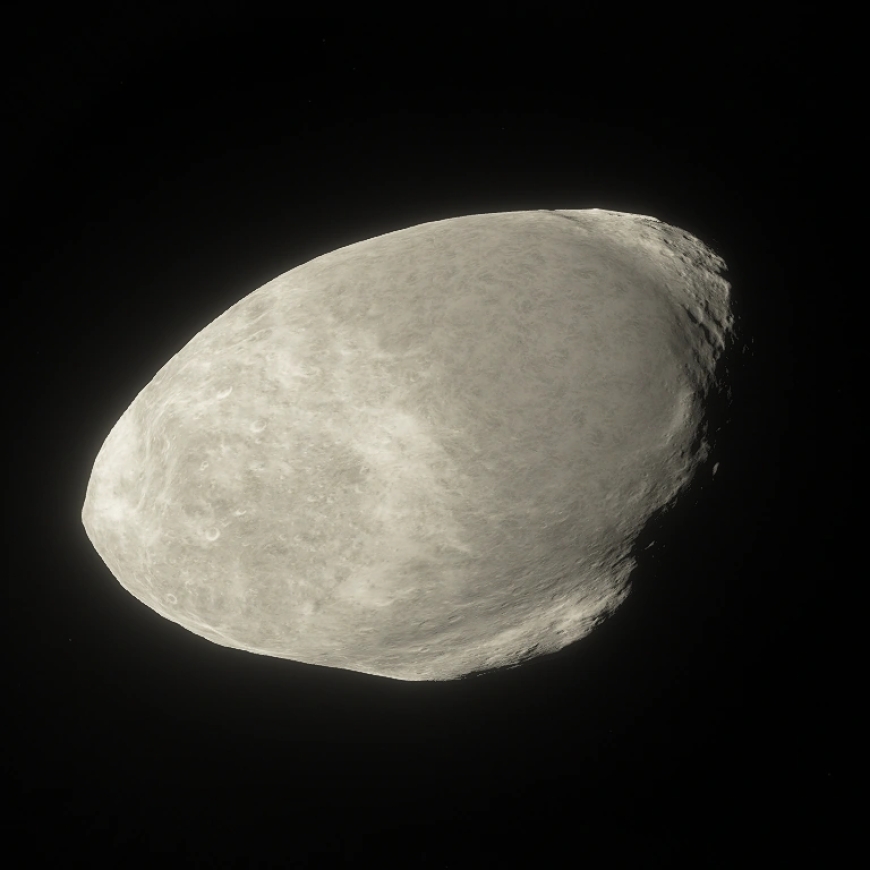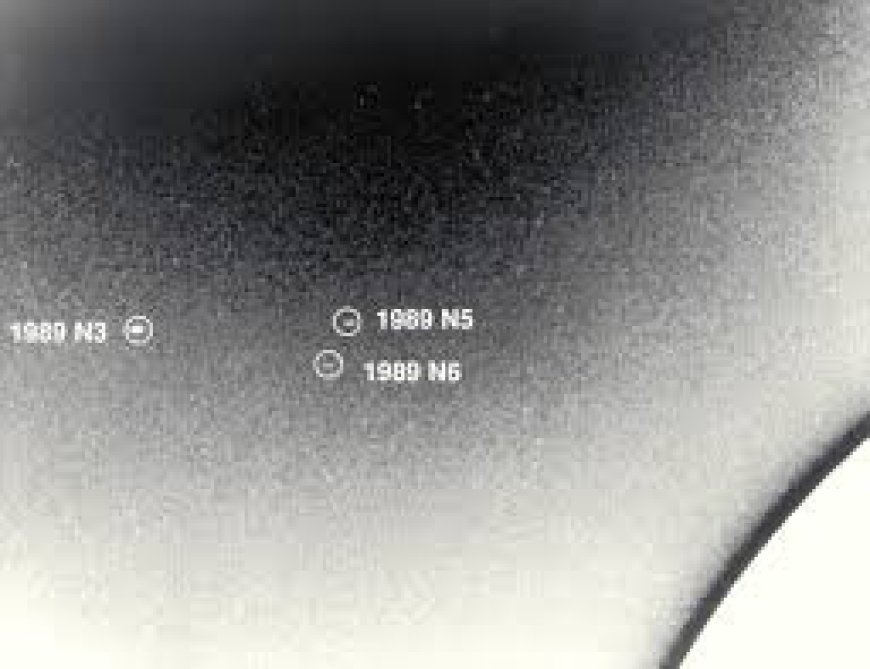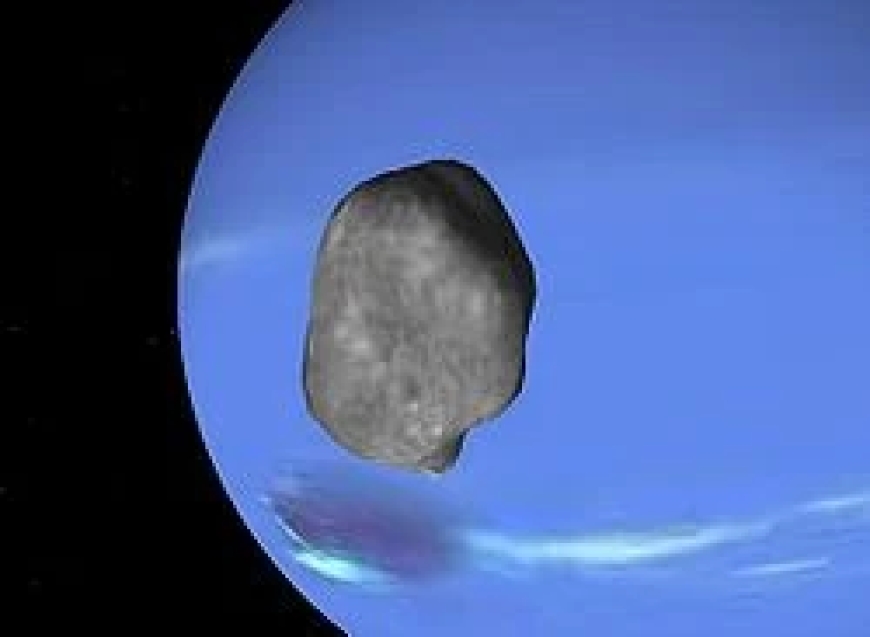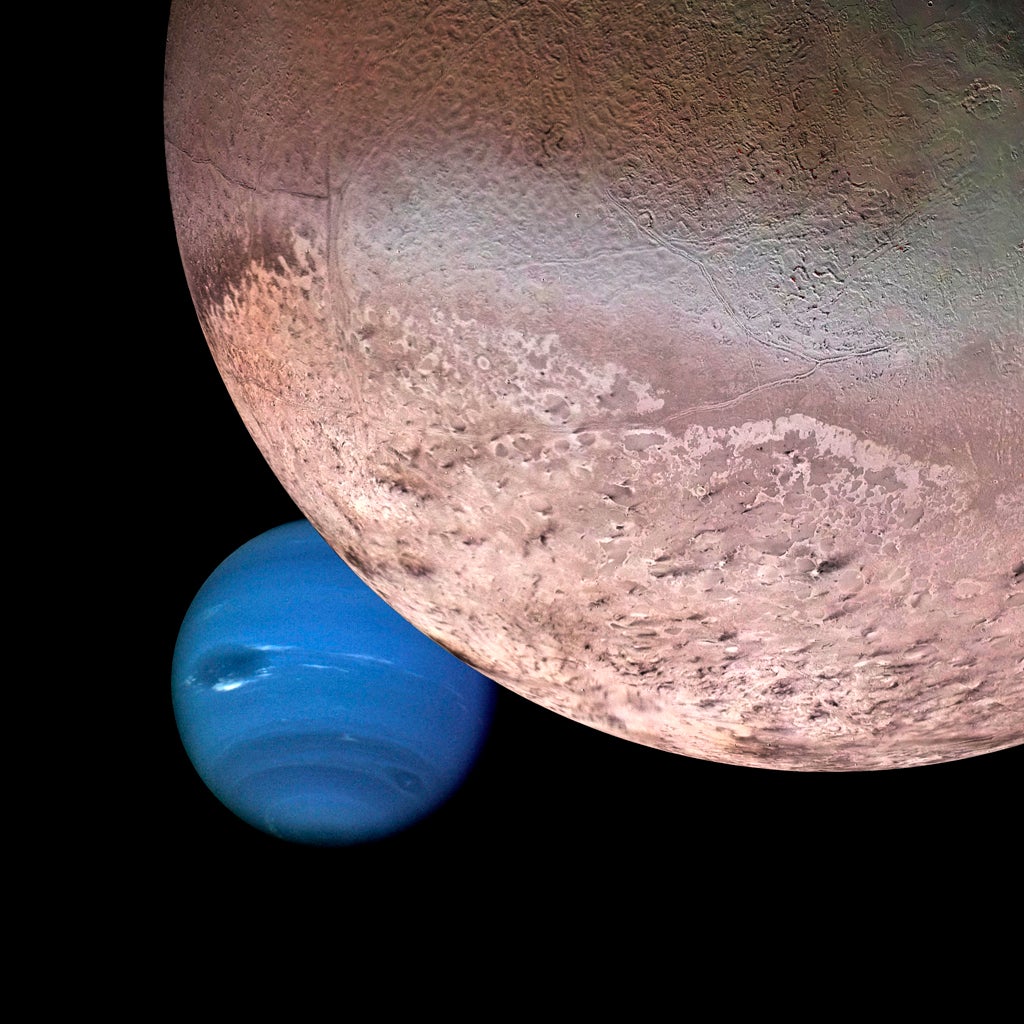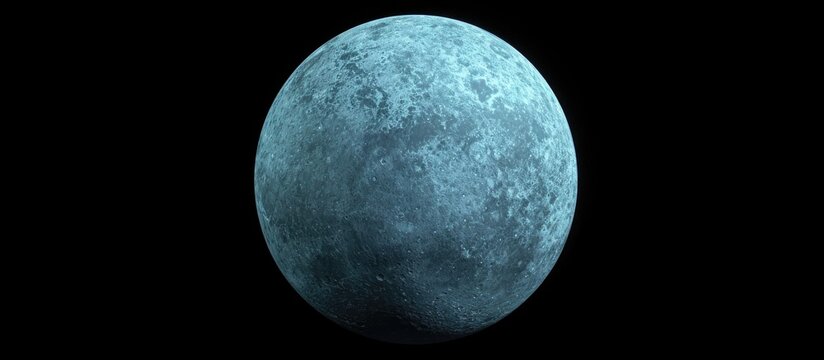Thalassa: A Celestial Survivor in Neptune’s Harsh Grip
Thalassa, one of Neptune’s tiniest moons, defies the odds as it races around the gas giant, narrowly escaping destruction in a chaotic cosmic dance. A true survivor, it orbits within Neptune’s fierce gravitational grip, shaped by past collisions and relentless forces.
Discovery
Thalassa is a small, intriguing moon orbiting the planet Uranus. Discovered during the Voyager 2 flyby in 1986, this satellite carries a name inspired by ancient myth, reflecting the deep connection between celestial bodies and human imagination. As one of Uranus’ inner moons, Thalassa orbits close to its giant host, nestled within a complex system of rings and other satellites. Its orbit is nearly circular and lies in the equatorial plane of Uranus, indicating that gravitational forces have long sculpted its path. Despite its diminutive size, Thalassa holds a unique position in the Uranian system, providing valuable insights into the dynamics and evolution of these distant worlds.
A Dark and Mysterious Appearance
Thalassa’s visual appearance is marked by its dark surface, which absorbs much of the sunlight that falls on it. This low reflectivity, or albedo, makes it one of the less bright moons in the Uranian family. The surface exhibits a subdued palette dominated by dark, almost charcoal hues, hinting at the presence of carbon-rich materials mixed with water ice. These features give Thalassa a mysterious and somber look, setting it apart from its brighter neighbors. The darkness is not just a visual trait but also a clue to its complex history of space weathering and bombardment by micrometeoroids, which have gradually altered its surface over billions of years.
Irregular and Unique Shape
Unlike the near-perfect spheres seen among larger celestial bodies, Thalassa boasts an irregular, somewhat elongated shape. This unusual form is likely the result of its small size, insufficient gravity to mold it into a spherical shape, and the impacts it has sustained over time. The contours of Thalassa reveal a rugged terrain marked by uneven regions, with a silhouette that suggests a chaotic past. Its irregularity not only captures the eye but also provides a window into the processes of accretion and collision in the early Solar System. The moon’s shape, marked by lobes and indentations, stands as a testament to the dynamic and often violent forces that continue to shape small bodies in space.
A Tidal Dance with Uranus
Orbiting very close to Uranus, Thalassa is engaged in a gravitational dance with its host planet. The intense tidal forces exerted by Uranus not only maintain Thalassa’s nearly circular orbit but also likely influence its internal structure and surface features. This tidal interaction results in the satellite being tidally locked, meaning that one side of Thalassa consistently faces Uranus. Such synchronous rotation offers a stable yet unchanging view of the moon’s features from the planet’s perspective. The gravitational embrace between Uranus and Thalassa highlights the intricate relationships that govern satellite orbits and evolution, shedding light on the delicate balance of forces in planetary systems.
Ancient and Heavily Cratered Surface
The surface of Thalassa is a mosaic of impact marks and craters, each telling a story of cosmic collisions. Over billions of years, meteoroids and space debris have battered this small moon, leaving behind a rugged, pockmarked exterior. These craters vary in size, with some being shallow depressions while others form deeper, more pronounced basins. The continuous impact history has not only scarred the surface but also contributed to the accumulation of dark material, further deepening its mysterious appearance. This cratered terrain provides researchers with valuable clues about the frequency and scale of impacts in the outer Solar System, offering a window into the past events that have shaped its evolution.
Chemical Composition and Surface Features
Thalassa’s composition is believed to be a mix of water ice and rocky material, with a significant presence of darker compounds possibly derived from organic carbon. The interplay between these components creates the moon’s characteristic dark coloration and hints at a complex chemical history. Its surface likely exhibits a textured, uneven pattern where ice mingles with dust and other materials, forming subtle variations in color and brightness. The low reflectivity combined with the possibility of volatile substances suggests that Thalassa might have undergone processes similar to those seen on other icy satellites, where radiation and micrometeoroid impacts alter its surface chemistry over time. These details help scientists piece together the environmental conditions in this remote region of our Solar System.
The Impact of Cosmic Collisions
Cosmic collisions have played a central role in defining the physical characteristics of Thalassa. The continuous barrage of impacts from smaller bodies in the space environment has not only scarred its surface but also altered its overall structure. Each collision, from the smallest pebble to larger meteoroids, contributes to a long history of modification that affects both its appearance and its internal makeup. The resulting impact craters, fractures, and ridges bear witness to these ongoing processes. By studying these features, researchers can infer the dynamics of the local space environment and better understand how such small moons evolve over time under the relentless influence of external forces.
Scientific Significance in the Uranian System
Thalassa, despite its small size, holds significant scientific value as a representative of the inner satellites of Uranus. Its physical properties and orbital characteristics provide critical data for understanding the formation and evolution of Uranus’ satellite system. The dark surface, irregular shape, and cratered landscape offer a natural laboratory for studying space weathering and the effects of tidal forces in a low-gravity environment. Investigations into Thalassa’s composition and surface features have the potential to shed light on broader processes affecting icy bodies throughout the Solar System. As researchers unravel its mysteries, Thalassa contributes to our understanding of how moons can evolve differently based on their size, location, and history of impacts.
Challenges in Exploration
Exploring Thalassa presents numerous challenges due to its small size, distant location, and dark surface. The limited light reflected from the moon makes high-resolution imaging difficult, requiring advanced instrumentation and observation techniques. Moreover, its proximity to Uranus complicates efforts to isolate and study Thalassa independently, as the planet’s overwhelming presence can interfere with data collection. These factors mean that much of what we know about Thalassa is based on observations from brief flybys rather than prolonged study. Despite these obstacles, the scientific community remains eager to develop new missions and techniques to gather more detailed information, as every insight into this moon deepens our understanding of the outer Solar System.
Future Prospects and Study
Looking ahead, future exploration of Thalassa could unlock many secrets about small icy moons in the outer reaches of our Solar System. Planned missions and technological advancements in telescope imaging and spacecraft instrumentation hold promise for higher-resolution studies of Thalassa’s surface and internal structure. As our ability to observe distant celestial bodies improves, scientists hope to map its surface features in greater detail, analyze its composition with precision, and better understand the dynamic interactions with Uranus. These future studies are not only exciting for their potential scientific breakthroughs but also for the role they play in piecing together the broader history of our cosmic neighborhood.
Conclusion: A Hidden Jewel in Uranus’ Crown
Thalassa is a small yet captivating moon orbiting Uranus, offering a glimpse into the complex dance of gravity, impacts, and chemical evolution that shapes celestial bodies. Its dark, pockmarked surface, irregular shape, and intimate tidal connection with its host make it a natural laboratory for understanding the processes that govern the evolution of moons in our Solar System. Although its modest size and distant location pose challenges to exploration, each new discovery about Thalassa enriches our broader understanding of planetary science. In simple words, Thalassa is a hidden jewel in Uranus’ crown—a testament to nature’s endless capacity for wonder, mystery, and beauty.
What's Your Reaction?







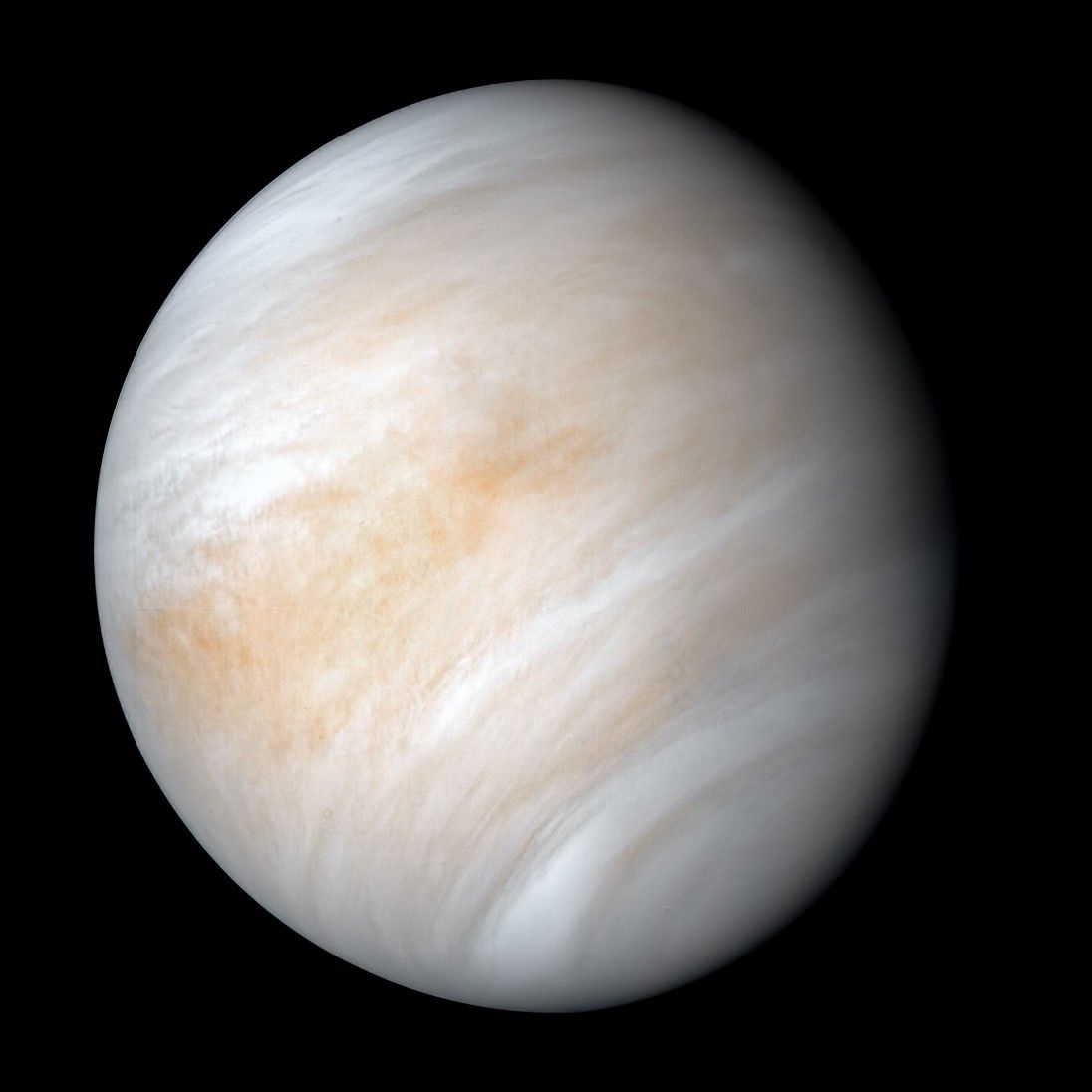



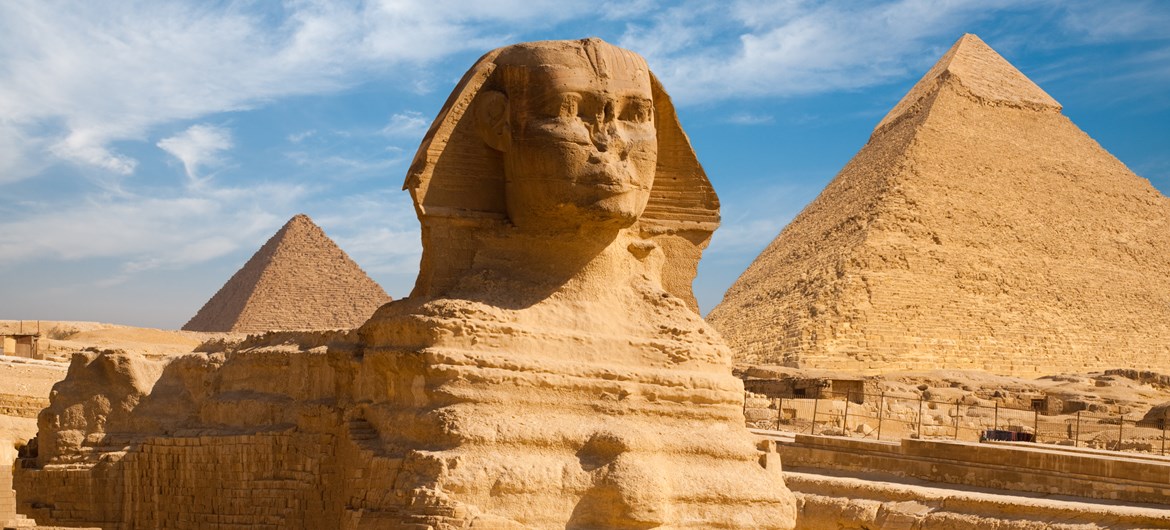
/https://tf-cmsv2-smithsonianmag-media.s3.amazonaws.com/filer_public/54/66/546650fa-26a4-40fd-8d6d-5a7a04540f81/rosetta2.png)
:max_bytes(150000):strip_icc():focal(999x0:1001x2)/robert-prevost-050825-1-39395418ab494da5a3a700c9478e66c8.jpg)


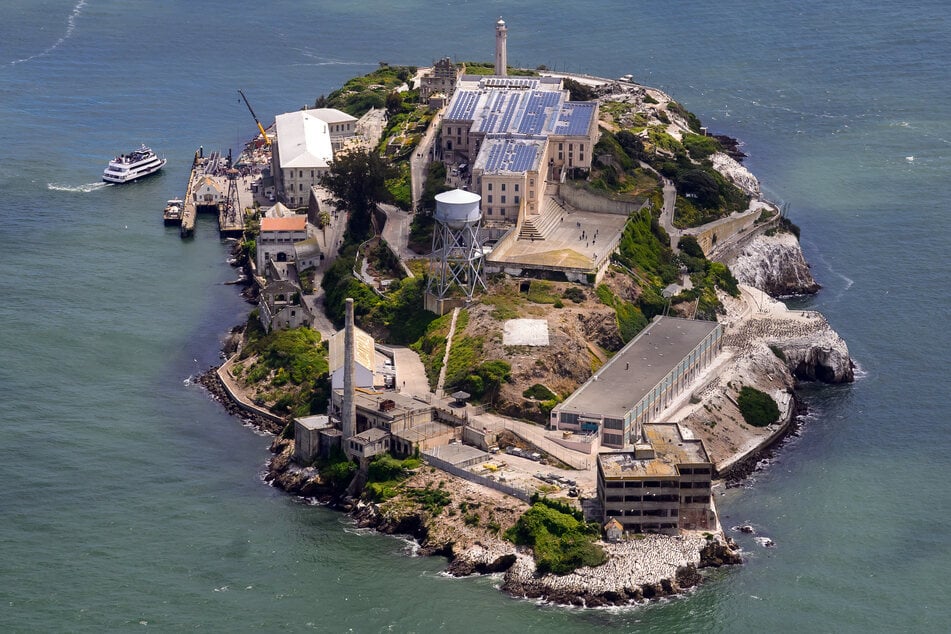























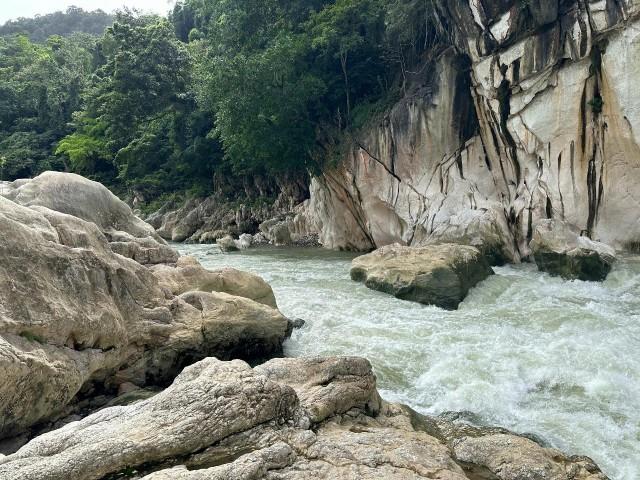




















format(webp))
format(webp))















